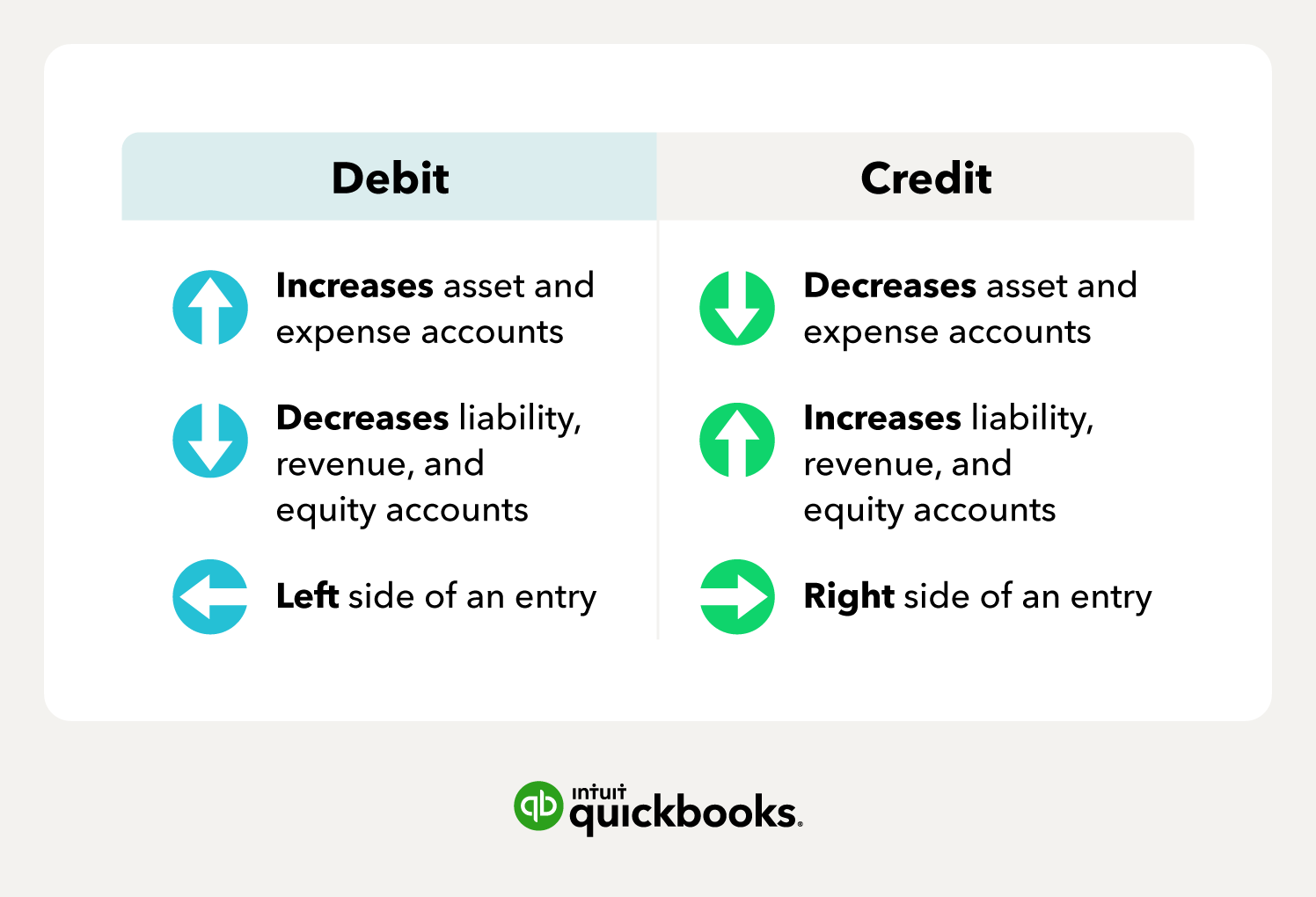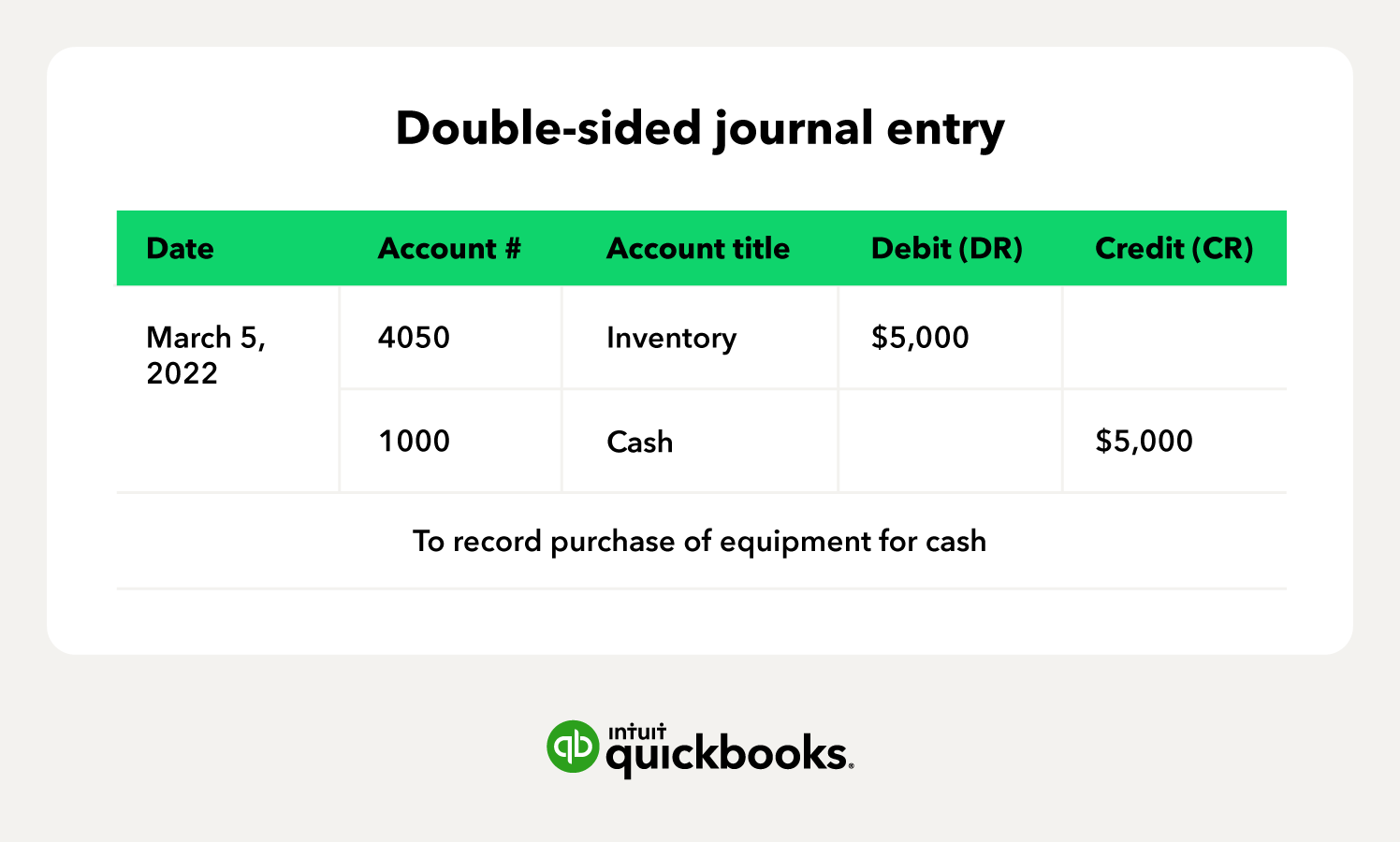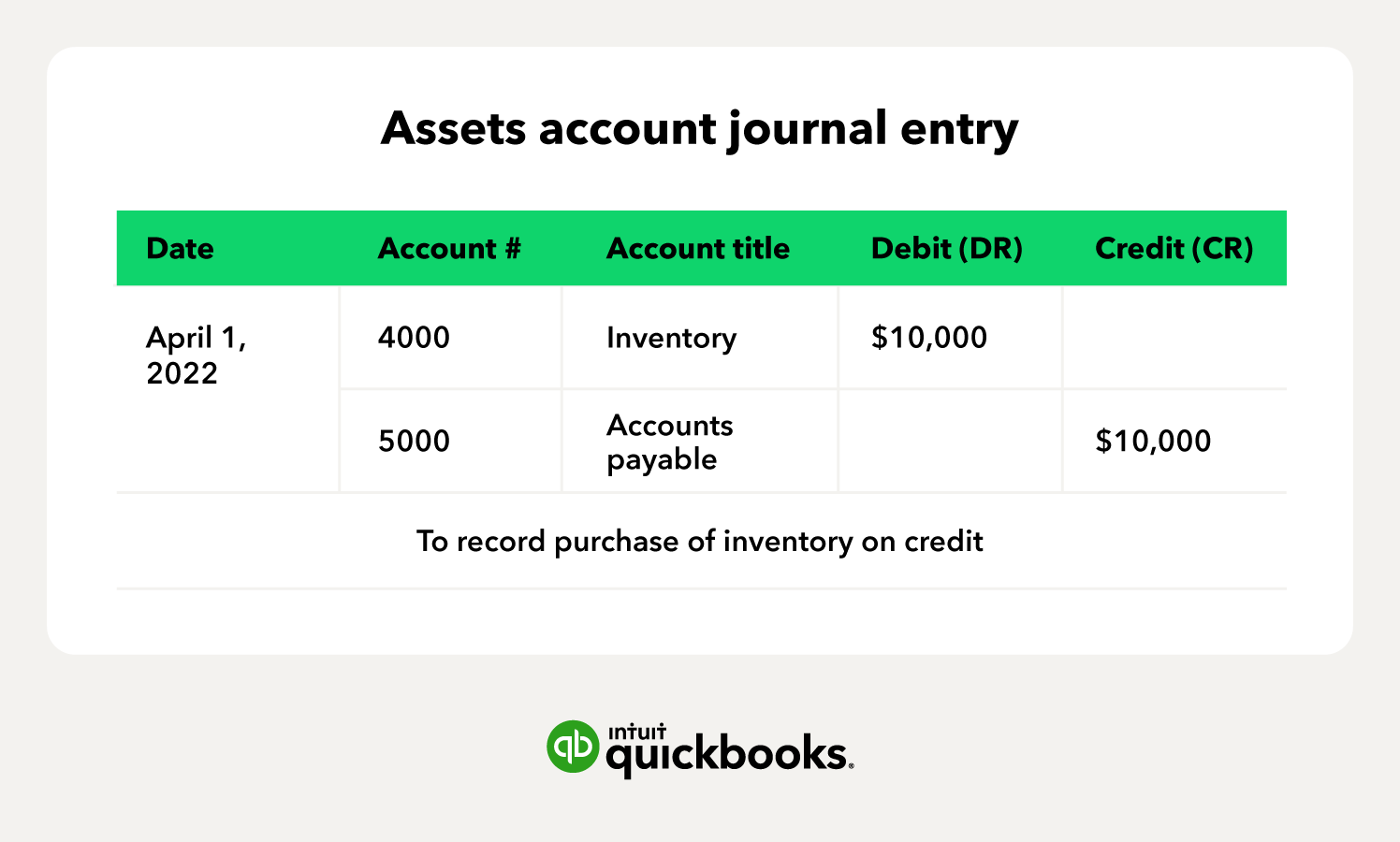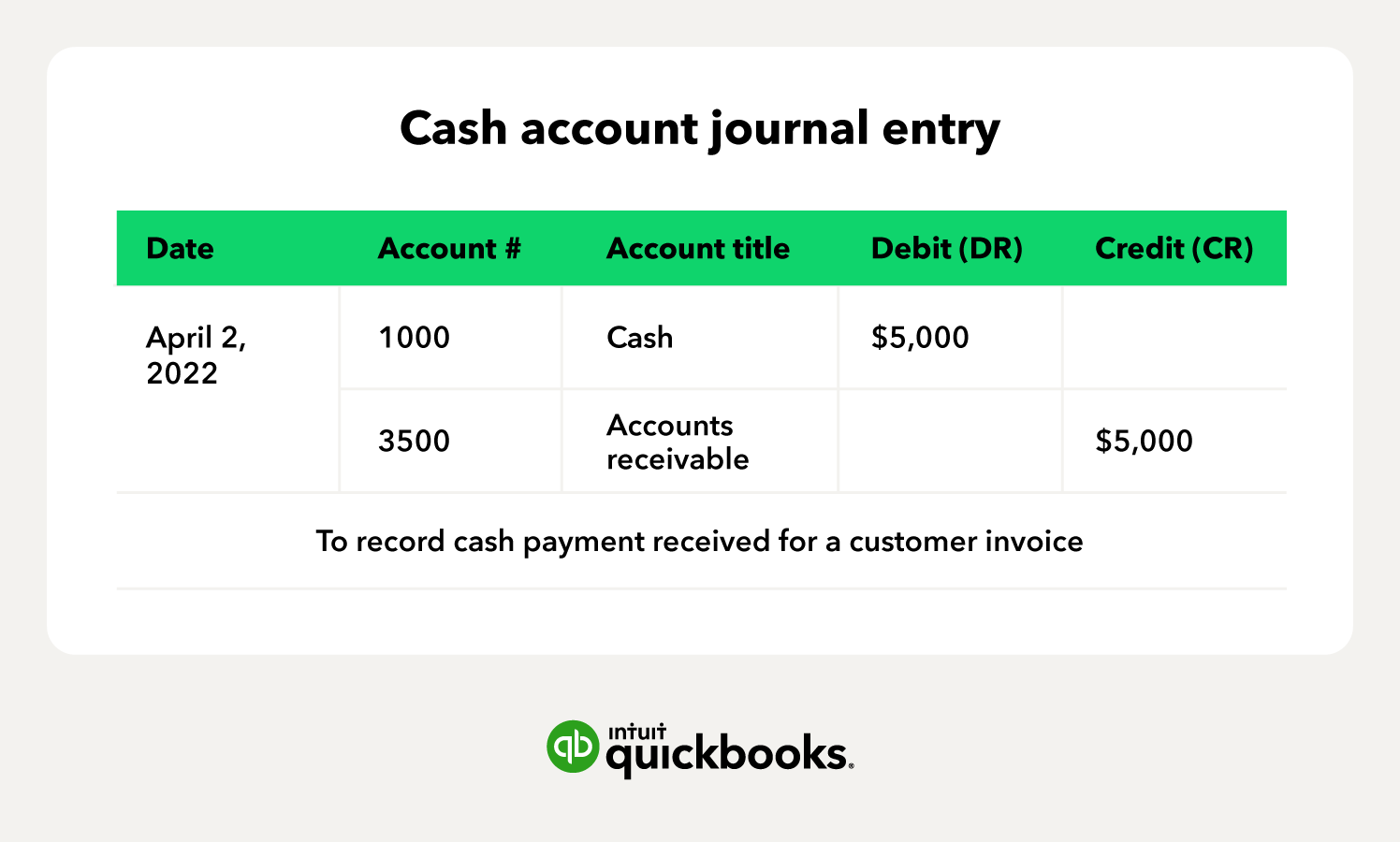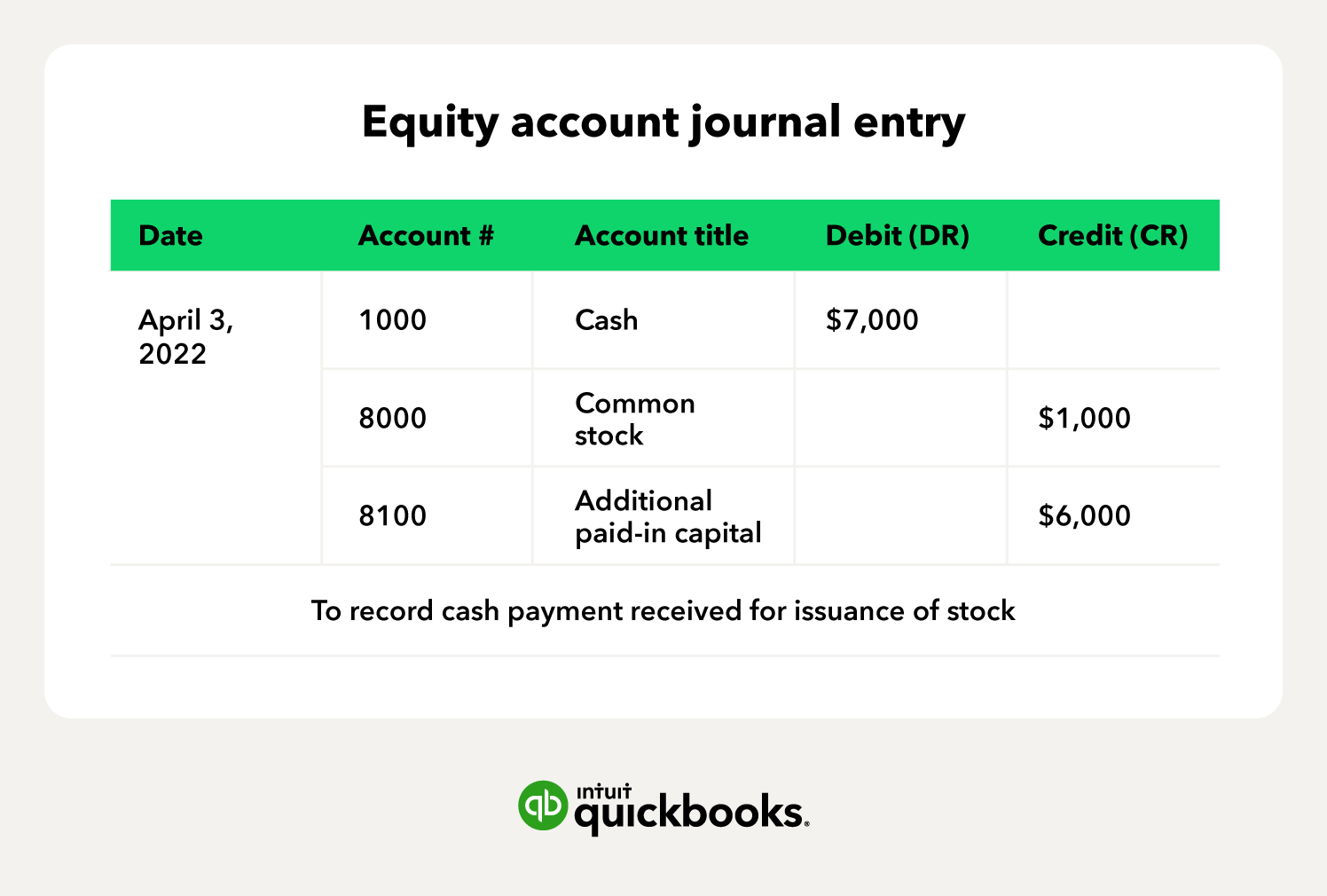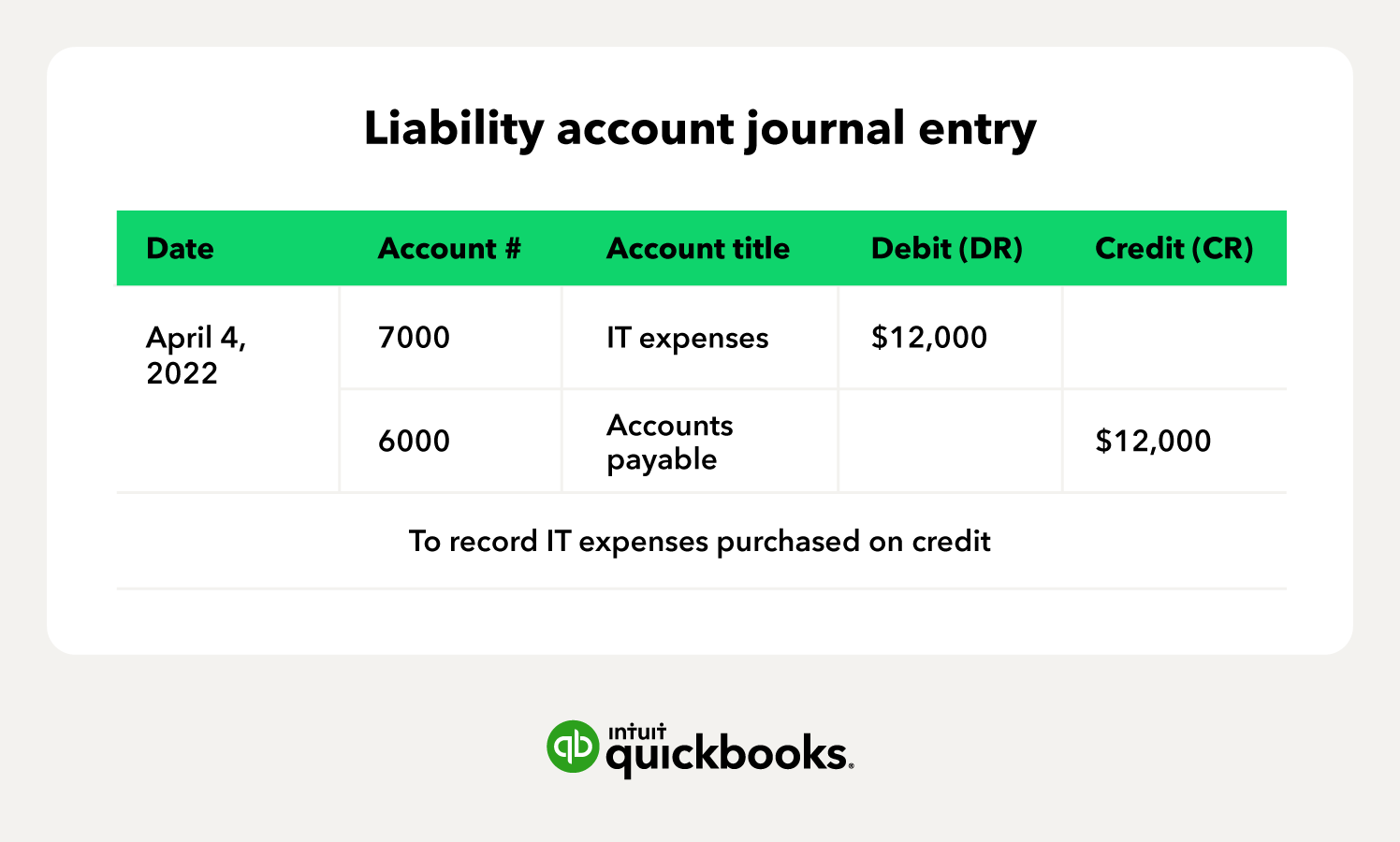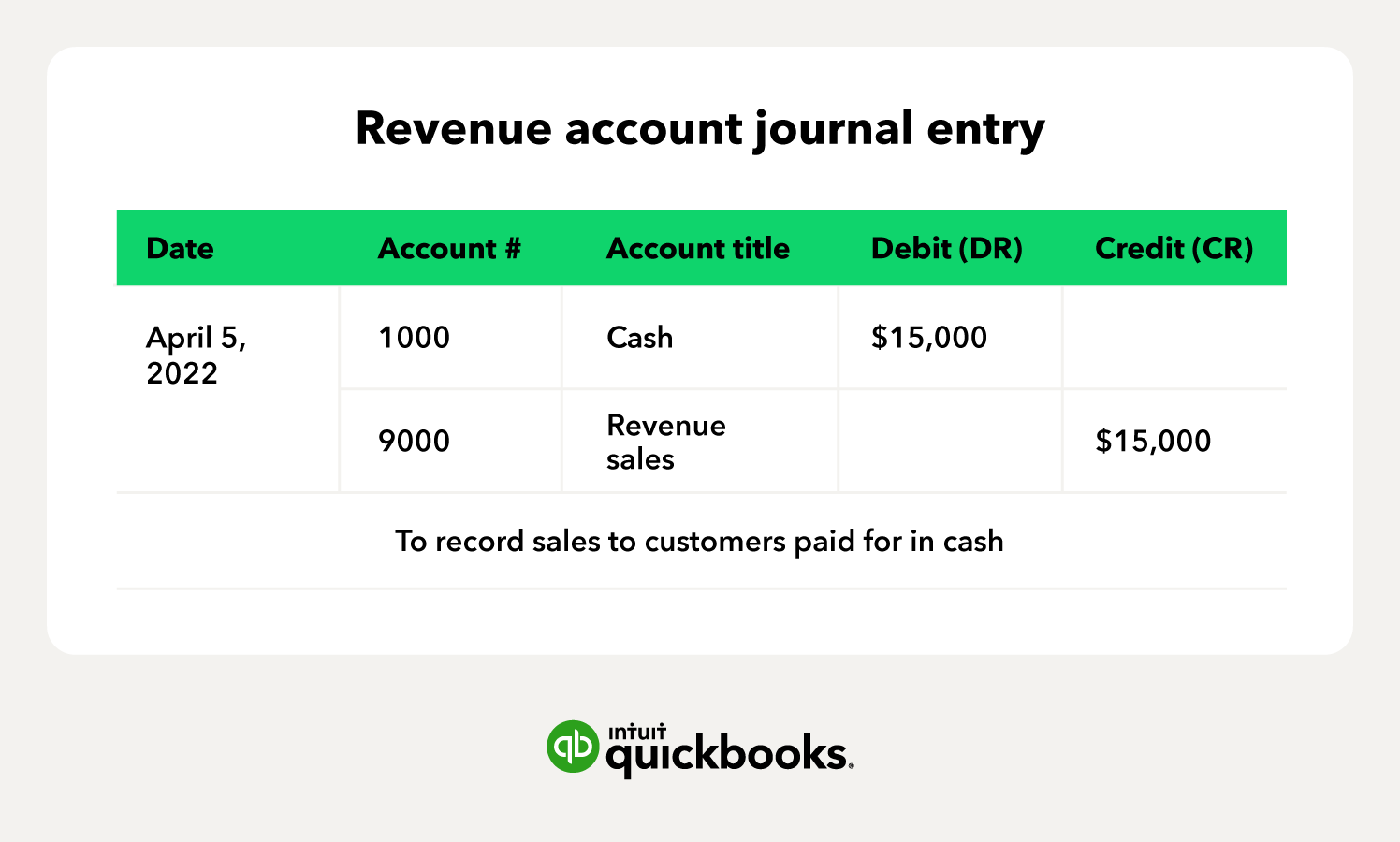How do debits and credits affect different accounts?
Both debits and credits can either raise or lower the balances in different accounts, depending on the account type involved. Let’s break down how these entries can affect these account types:
Assets
Assets accounts track valuable resources your company owns, such as cash, accounts receivable, inventory, and property.
Debits boost your asset accounts because they represent a gain in resources. For example, if you stock up on new inventory, more resources are coming into your company.
On the other hand, credits lower your asset accounts. Spending cash, selling inventory, or customers paying down their debts are all examples of credits since these resources are leaving your company.
Liabilities
Liability accounts detail what your company owes to third parties, such as credit card companies, suppliers, or lenders.
Credits raise the balance of liability accounts. For instance, when you make a purchase on credit or take out a loan, you credit your liability account because you’re adding to your financial obligations.
Conversely, debits lower your liabilities. When you make a payment on a loan or settle a bill, you debit the account, which reduces what you owe.
Equity
Equity accounts represent your ownership in the company, including things like stocks, retained earnings, and any contributions from you or other investors.
Credits increase your equity because they show value being added to your business. For instance, when your company keeps profits instead of paying them out, or when you or an investor puts in more capital, you credit the equity account to reflect the growth in ownership.
Debits decrease your equity, usually when you pay out dividends, experience losses, or withdraw funds from the business.
Revenue
Revenue accounts track the sales of your products or services.
Credits boost your revenue accounts since they represent income your business has earned. For example, when a customer makes a purchase, you credit your revenue account, which increases your total income.
However, debits lower your revenue. This happens when you issue a refund, apply a discount, or adjust for an error because you’re taking from your total income.
Expenses
Expense accounts record the costs associated with running your business — e.g., salaries, rent, and marketing expenses.
Debits increase your expense accounts because they represent money going out. For instance, when you pay your employees, you debit the expense account to show the outflow of cash for wages.
On the flip side, credits reduce your expense accounts. This might happen if you adjust or reverse the expenses you previously recorded. For example, For example, let’s say you were charged for a service you didn’t end up using, and the vendor issued a refund. You would credit the expense account for that service to reflect the refunded amount.









